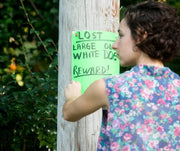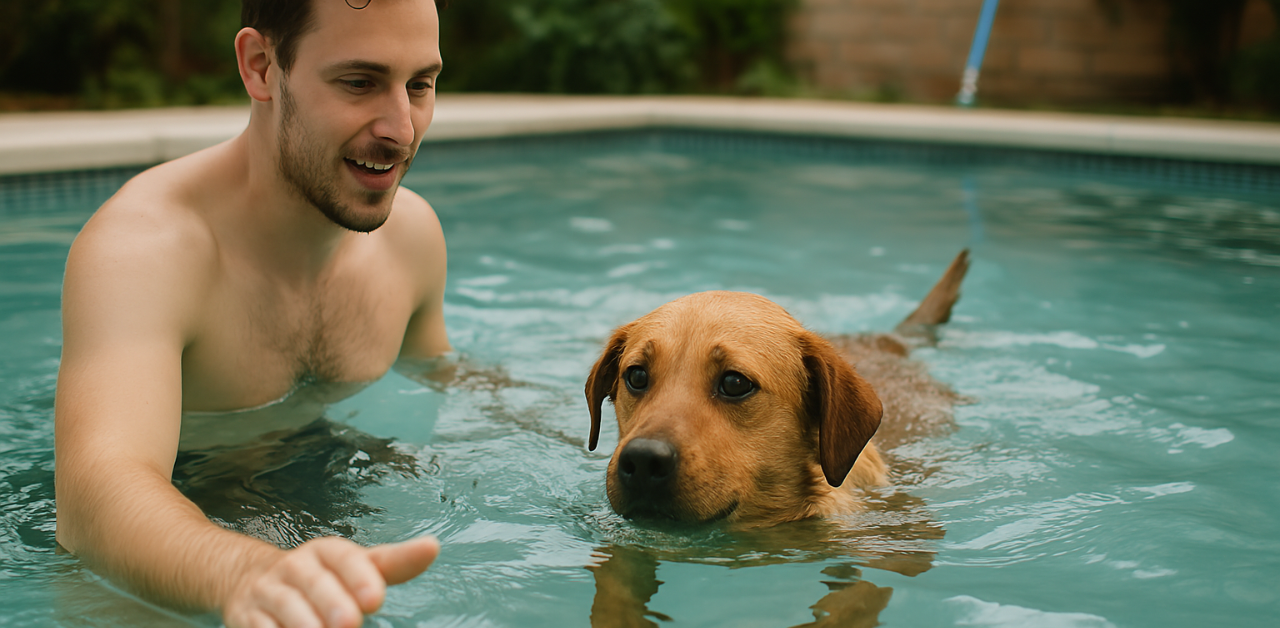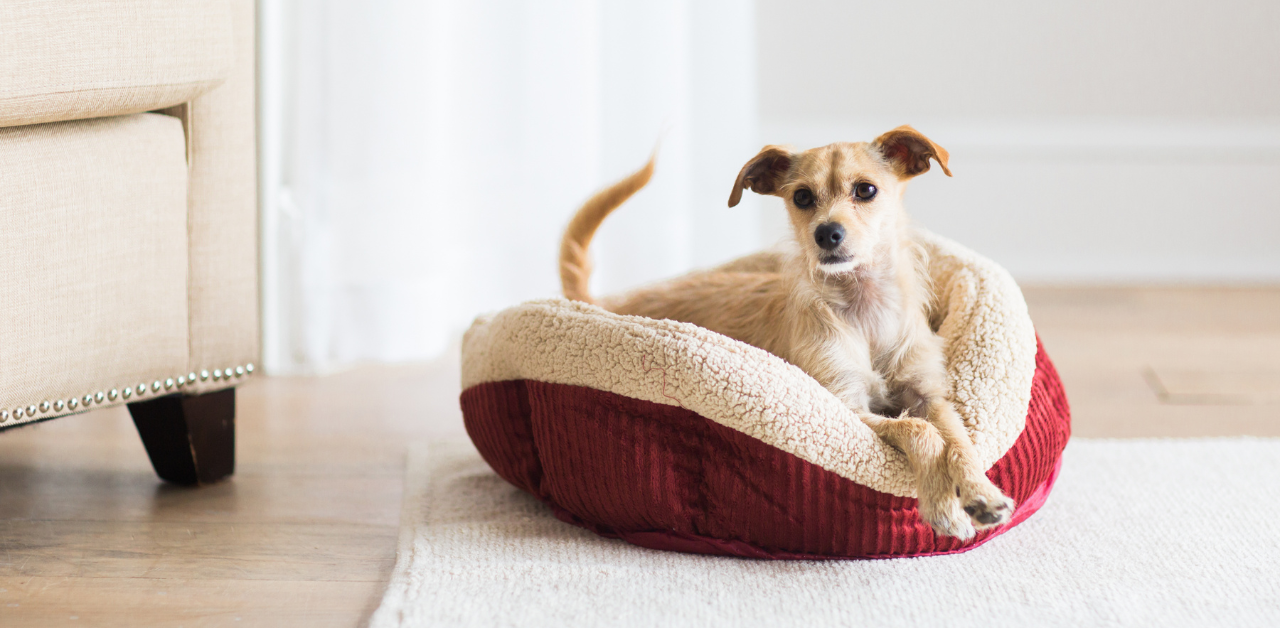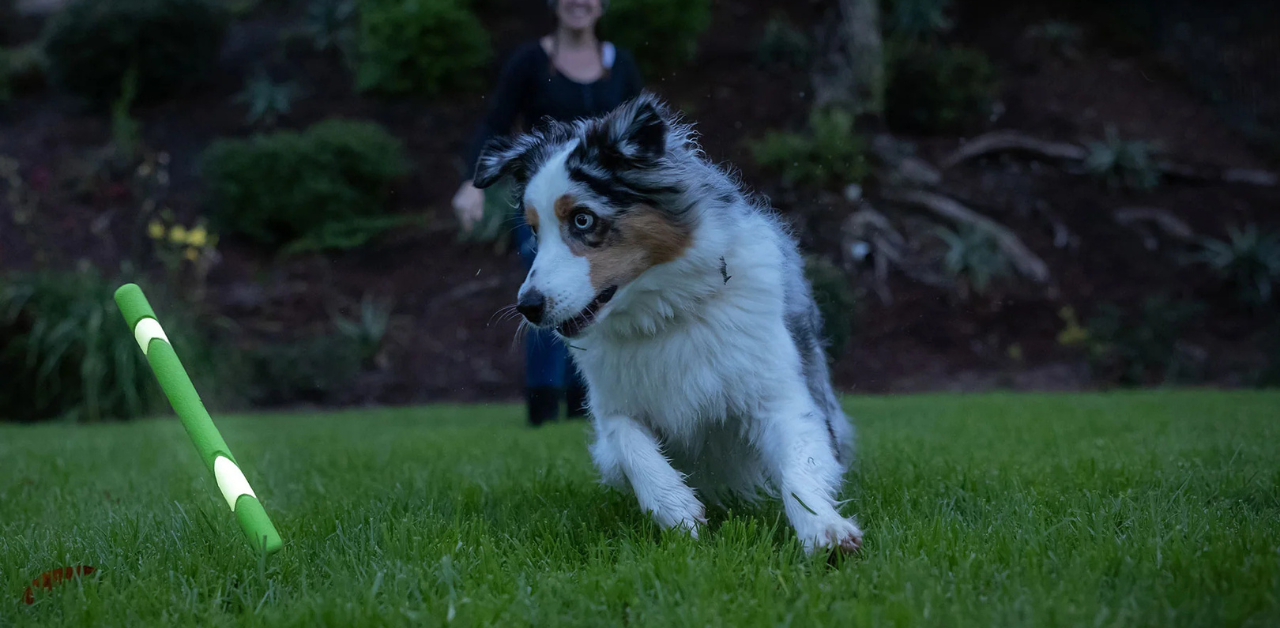How Do I Get My Dog to Share Her Toys with the New Puppy
Bringing home a new puppy is exciting but can also bring unexpected challenges to your household. One of dog owners' most common struggles is getting their older dog to share toys or space with the new pup. While it’s normal for dogs to feel possessive of their belongings, this behavior can escalate if not addressed.
For example, resource guarding is a behavior in which dogs guard items like toys, food bowls, or even spots on the couch. If they feel threatened, this might show up as a growl, snap, or bite. This can make it hard for your two dogs to bond and enjoy playtime. Watching them bicker over objects can feel like an all-out war, leaving you wondering what to do.
The good news is there are simple steps you can take to ease the tension and teach your dog to share. Let’s break down how to approach this issue step by step to help your older dog accept the new puppy—and maybe even become friends.
1. Start with Human Interaction
Focus on positive human interaction before you ask your dog to share toys with the new puppy. Spend quality time with your older dog to help them feel secure and valued. Engage in play and offer treats to reinforce your bond with them. This reassures the dog that the new pup isn't a threat to their place in your home. When introducing the puppy, maintain a calm energy to avoid stressing your older dog. A relaxed owner sets the tone for a peaceful transition.
2. Recognize Signs of Resource Guarding
Watch your dog's behavior closely. Signs of resource guarding, such as growling, snapping, or guarding objects, are common in the dog world. If your dog shows these behaviors, they may feel threatened when the puppy approaches their:
- Food bowl
- Toys
- Other objects
Resource guarding is a natural behavior, but it needs to be managed to avoid conflicts. Early recognition can prevent escalation and help the two dogs coexist peacefully.
3. Use Positive Reinforcement
Reward good behavior with treats, praise, or play. Positive reinforcement helps your dog learn that sharing toys leads to good outcomes. For example, introduce the JW Treat Dispensing Toy to create a fun and rewarding experience. Give treats when your dog allows the new puppy to be near their toys without showing signs of aggression. Reinforcing positive moments can encourage your dog to share toys willingly.
4. Teach the "Drop It" Command
Training your dog to obey the "drop it" command is key to managing toy-sharing situations. Practice by offering a low-value toy and encouraging your dog to release it using a cheerful tone and a treat. When they drop the toy, reward them immediately. Repeat this until your dog learns the command reliably. This skill helps you maintain control during play and ensures safety when two dogs interact.
5. Gradually Introducing the New Puppy
Introducing a new puppy into the home requires patience. Start with short, supervised interactions. Bring in engaging toys like the Chuckit! Bacon Sniff Fetch Ball to create positive shared experiences. Let your dog explore the new pup's scent and presence at their own pace. Keep sessions brief to avoid overwhelming either dog and increase interaction time gradually as they grow comfortable.
6. Practice with Low-Value Toys First
Most dogs are more likely to share less valuable items. Begin training with low-value toys that your dog is less attached to. Let the two dogs play under supervision and reward calm behavior. Once they are comfortable sharing low-value objects, you can move on to higher-value toys. This step-by-step approach helps reduce stress and builds trust between the dogs.
7. Reward Cooperative Play
Encourage cooperative play by rewarding both dogs when they interact calmly and share toys. Praise them for playing well and use treats as a motivator. Rewards help reinforce the idea that good behavior leads to positive outcomes. Make playtime fun and engaging for both dogs to strengthen their bond and reduce the chance of conflict.
8. Schedule Alone Time
Both dogs need alone time to decompress. Schedule separate play and relaxation times for your older dog, giving them a break from the new puppy’s energy. Introducing comforting toys like the Zoobilee Farmer Heggies Dog Toy can help them feel secure during this downtime. Alone time prevents overstimulation and ensures each dog feels valued.
9. Create a Safe Space
Provide a safe space for your dog to retreat to when it needs peace. A crate, a quiet room, or a designated corner with its favorite toys can offer comfort. This space allows your dog to relax without feeling pressured to interact with the new pup. Respect your dog's boundaries and ensure the puppy doesn’t invade this area.
10. Be Patient and Consistent
Training two dogs to coexist takes time. Stay consistent with routines, commands, and rewards. Celebrate small successes and understand that some breeds and personalities take longer to adjust. Patience and consistency help build trust and prevent long-term behavioral issues. Maintaining a positive and calm approach will guide your dogs toward a harmonious relationship.
Fostering Harmony: Building a Bond Between Two Dogs
Training two dogs to coexist harmoniously takes practice. Remember, most dogs learn through consistent guidance. Equip yourself with high-quality supplies like Petmate Premium Dog Toys, which make playtime fun, safe, and rewarding for both dogs. Your dogs can learn to share, play, and thrive with time, patience, and love.
Previous article

Next article

Related posts
View all-

Do Dogs Get Lonely if There Is Only One Dog
Most dogs can feel lonely if there is only one dog in the house. They are pack animals descended from wolves. This means they have instincts that push them to connect with friends or family. When they live as the only dog, they may experience loneliness if they do not receive enough attention.
Read Article -

Teaching a Dog To Swim in Your Pool
Swimming is great fun for dogs, and your swimming pool can be a fantastic place to cool off and play. But not all dogs are natural swimmers. Teaching your dog to swim safely involves patience, gentle encouragement, and a positive experience. Here's how to help your dog learn to enjoy swimming at their own pace, keeping their safety and comfort in mind.
Read Article -

Welcoming a New Dog into Your Home
Bringing a new dog home is an exciting time for you and your family members. This event can inspire a sense of unity among everyone in the household, whether your new pet joins an older dog or is the only dog in the house.
Read Article -

Choosing the Right Toys for Your Dog
Finding the right toys for your dog is more than just picking something off the shelf. The right toy supports your dog’s health, behavior, and overall happiness. With so many types of dog toys—chew toys, plush toys, squeaky toys, tug toys, and more—knowing what to choose can be the difference between safe, enriching play and unwanted risks.
Read Article




